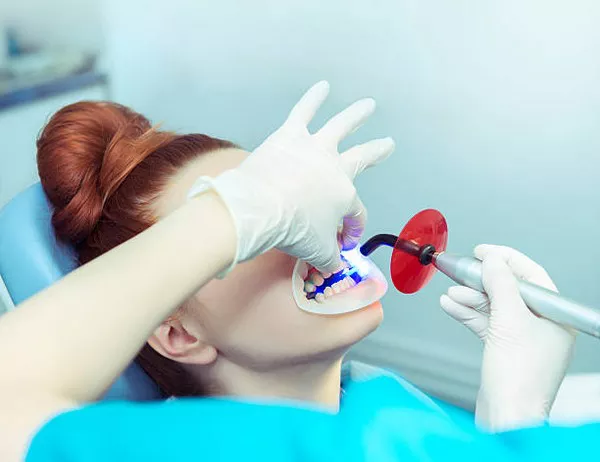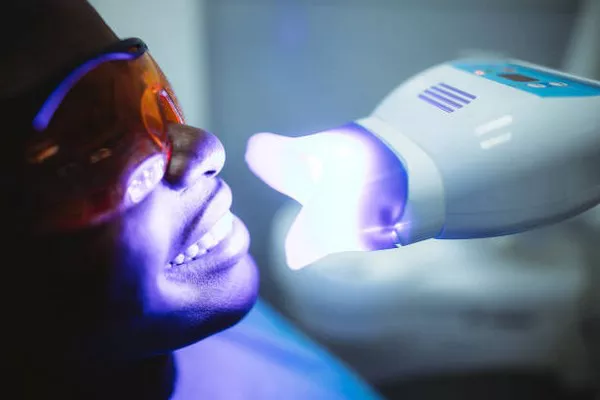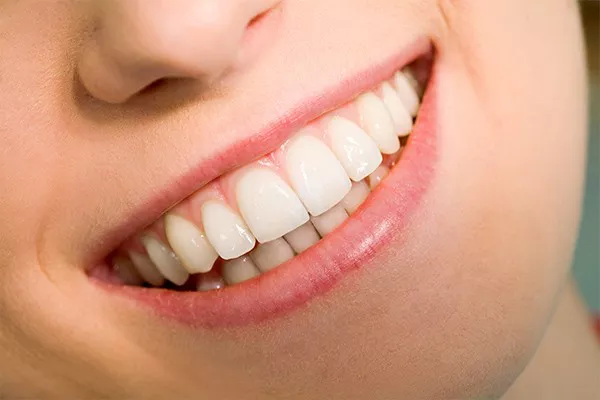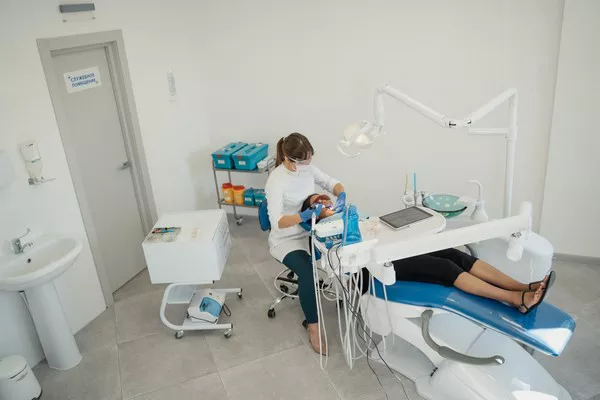Yellow teeth, who is the enemy?
The World Health Organization’s standards for oral health are clean, cary-free, pain-free and normally colored gums.
According to a tooth whitening survey conducted by the authorities in the United States on office workers over 20 years old, 81 percent of them wanted to have white teeth, while 39 percent thought their teeth were not white enough and were willing to take steps to whiten them.
There are many reasons for coloration and yellowing of teeth, and they can be broadly divided into two categories: endogenous and exogenous.
Exogenous coloration is due to the presence of a variety of bacteria on the surface of teeth, which secrete a lot of sticky substances. Tea dirt in daily diet, smoke stains and some minerals in drinking water adsorb on these sticky substances, gradually turning teeth yellow or black.
Endogenous pigmentation is formed during tooth development, such as tetracycline deposited in the dentin, will make the tooth become yellow, brown or dark gray, called tetracycline teeth;
If the drinking water contains too much fluoride, it may also lead to dental fluorosis, white chalk, tan plaque on the tooth surface, if the tooth nerve necrosis and bacterial decomposition products can also make the tooth black.
Coffee, tea, smoking and red wine are the worst culprits when it comes to exogenously colored teeth.
According to statistics, 15 to 25 percent of Chinese smokers, many of them women smokers, which means that there are 200 to 300 million people in China with yellow and black teeth.
The effects of coffee, wine and tea on teeth are also significant.
Tooth whitening is essentially a procedure to remove stains and pigments from tooth enamel and enamel.
According to the depth of tooth color, the cause of formation, should take different ways to whiten.
































